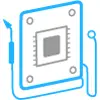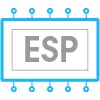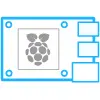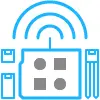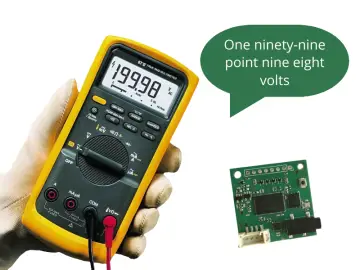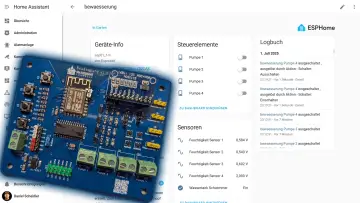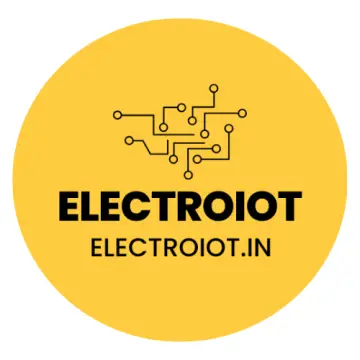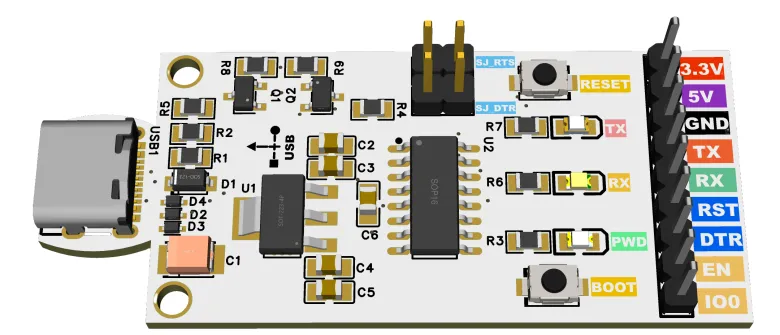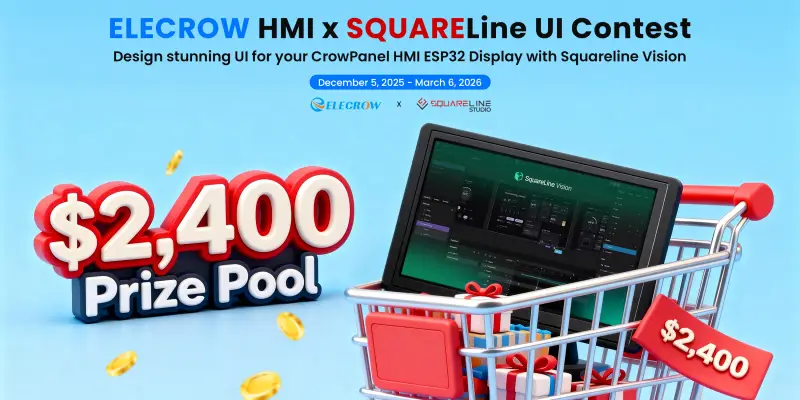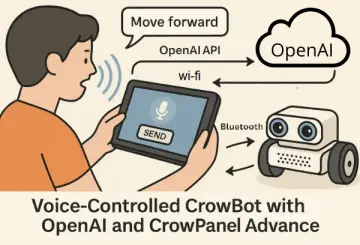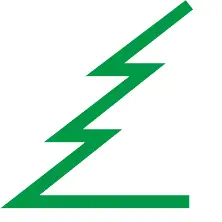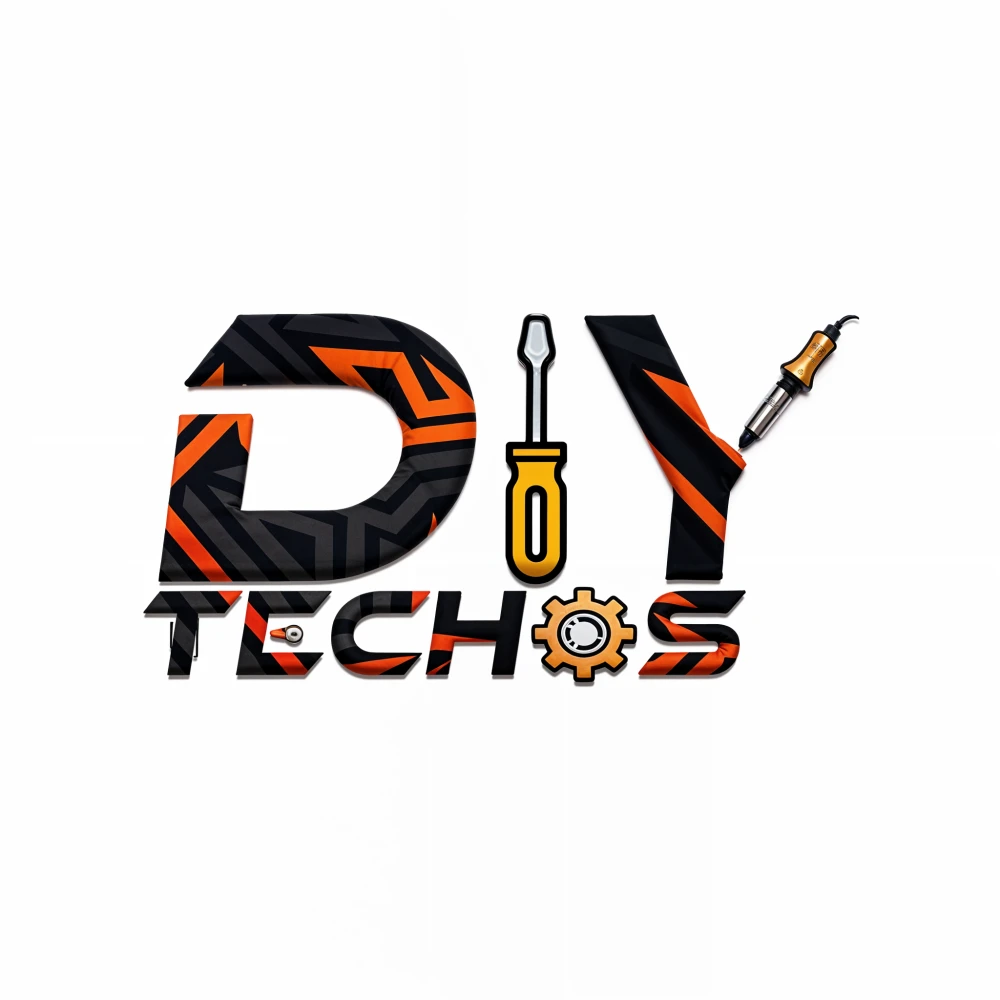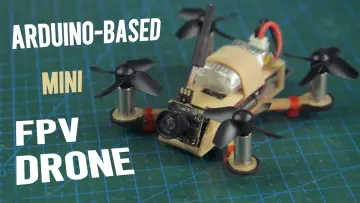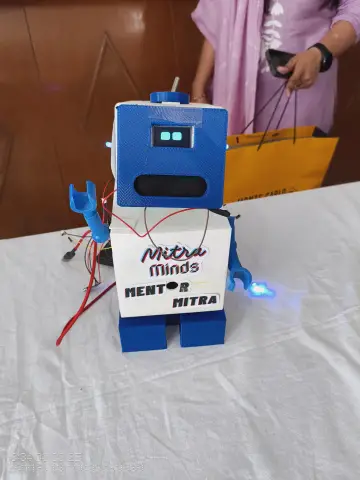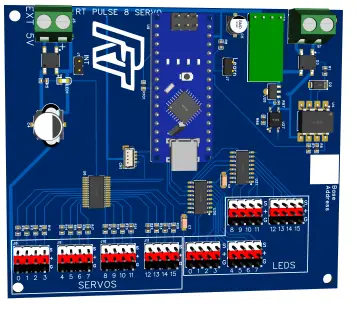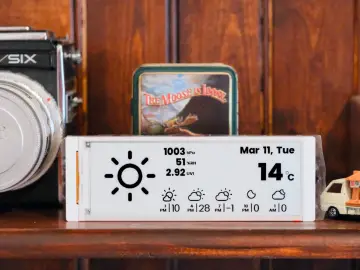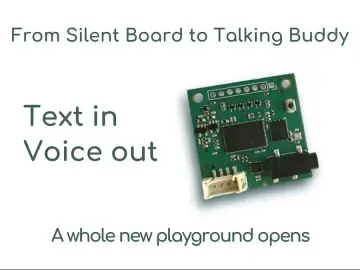Story
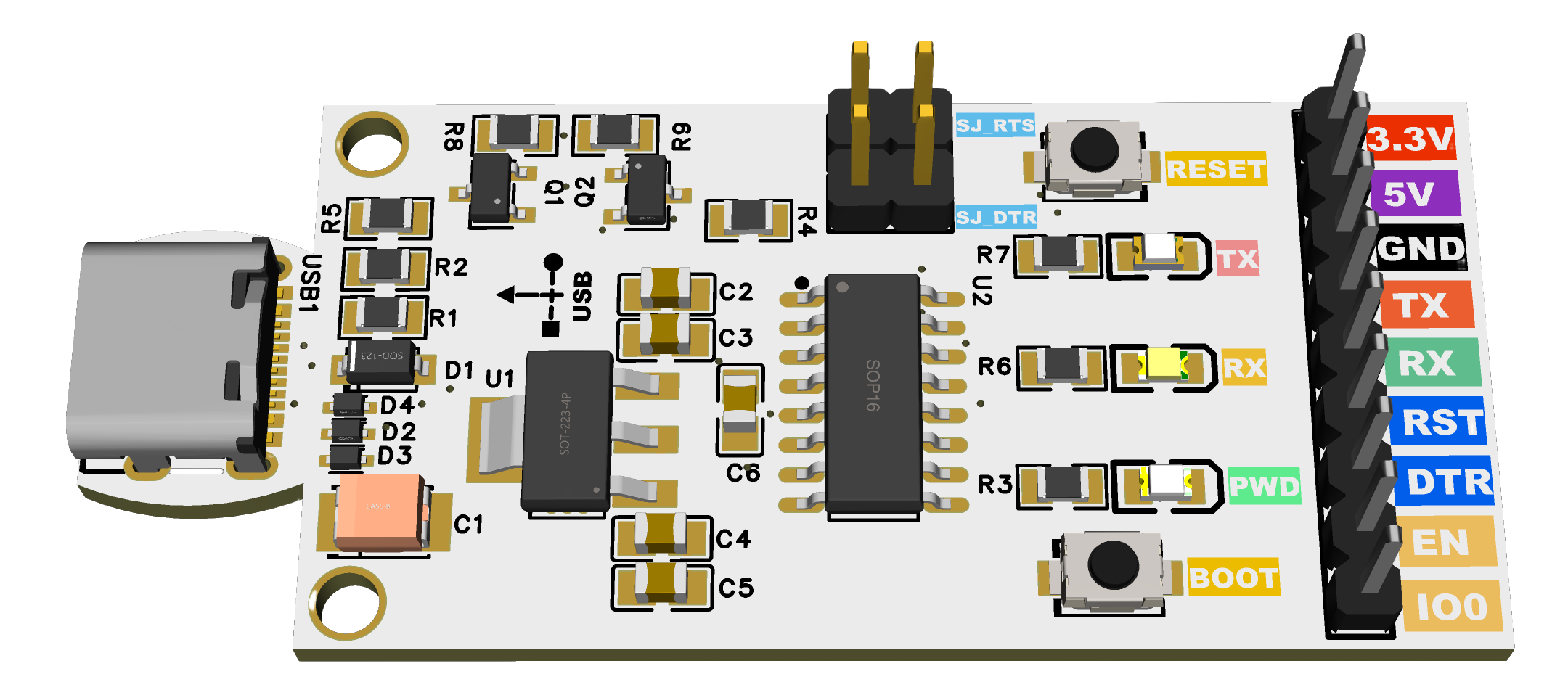
📖 Overview
This project is a universal USB-to-Serial flasher board based on the CH340C USB-UART bridge.
It is designed for ESP8266, ESP32, ESP01, Arduino, and other microcontrollers with UART bootloading.
Unlike cheap USB-to-TTL adapters, this flasher includes:
Auto-programming circuit (RTS/DTR → EN/IO0)
Reset & Boot pushbuttons for manual control
Colored silkscreen pin labels for easy connection
Status LEDs (PWR, TX, RX)
USB-C connector with ESD protection
Clean PCB layout with ground pours
This makes it a reliable, beginner-friendly, and professional-quality programmer.
⚡ Features
🔌 USB-C connector (reversible, modern interface)
⚡ CH340C USB-UART chip (stable drivers, Windows/Linux/macOS support)
🔒 ESD protection diodes on USB D+/D−
🔄 Auto-reset circuit for ESP32/ESP8266 (no need to hold BOOT manually)
⏹ Manual RESET & BOOT buttons for recovery and testing
🌈 Color-coded silkscreen pin labels for easy wiring:
3.3V (Red), 5V (Purple), GND (Black), TX (Orange), RX (Green), RST/DTR (Blue), EN/IO0 (Yellow)
💡 LED indicators:
Green = Power
Orange = TX activity
Yellow = RX activity
🛡️ SJ jumpers (SJ_RTS, SJ_DTR) to enable/disable auto-programming
📏 Compact PCB: ~62 × 27 mm
🧩 Pinout
Pin Function Color
3.3V 3.3 V output 🔴 Red
5V 5 V from USB 🟣 Purple
GND Ground ⚫ Black
TX UART Transmit 🟧 Orange
RX UART Receive 🟩 Green
RST Reset / EN 🟦 Blue
DTR Data Terminal Ready 🟦 Blue
EN Chip Enable 🟨 Yellow
IO0 Boot Mode Select 🟨 Yellow
🛠️ SJ_RTS and SJ_DTR
Two solder jumpers are included:
SJ_RTS → Connects RTS → EN (reset line).
SJ_DTR → Connects DTR → IO0 (boot line).
🔹 Why they are useful
Default = closed (auto-programming works normally).
If you cut the jumper, auto-reset for that pin is disabled.
This lets you take manual control via the pushbutton, useful for debugging or when using the board as a generic USB-UART adapter.
👉 For ESP32/ESP8266 flashing: leave both SJ closed.
👉 For Arduino or other MCUs without auto-program support: you can cut them.
📦 Bill of Materials (BOM)
Here are the key components (from your BOM):
Qty Reference Value Part No / Notes 1 U2 CH340C USB-UART bridge 1 U1 SGM2212-3.3 3.3V LDO regulator 2 Q1, Q2 MMBT3904 NPN for auto-program 2 R8, R9 100k Base pulldown resistors 2 R1, R2 10k Base resistors (RTS/DTR) 2 R4, R5 10k Pull-ups (EN, IO0) 1 R3 1k Power LED resistor 2 R6, R7 2.2k TX/RX LED resistors 3 LED1-3 Green/Orange/Yellow Power, TX, RX indicators 3 D2–D4 LESD5D5.0 USB ESD protection 1 D1 1N5819 Reverse protection 5 C1–C5 10 µF Bulk capacitors 3 C3, C5, C6 100 nF Decoupling capacitors 2 SW1, SW2 Reset/Boot buttons Tactile SMD 1 USB1 USB-C connector Receptacle (📑 Full detailed BOM available in Excel file)
🖼️ PCB Layout
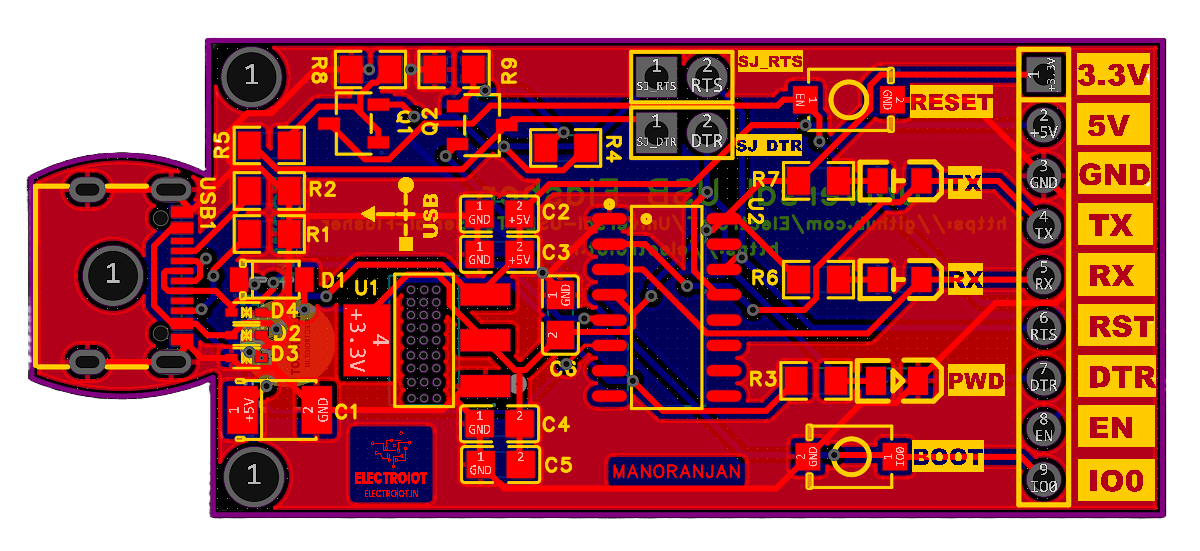
Final routed PCB layout with ground pours
🖼️ PCB Schematic
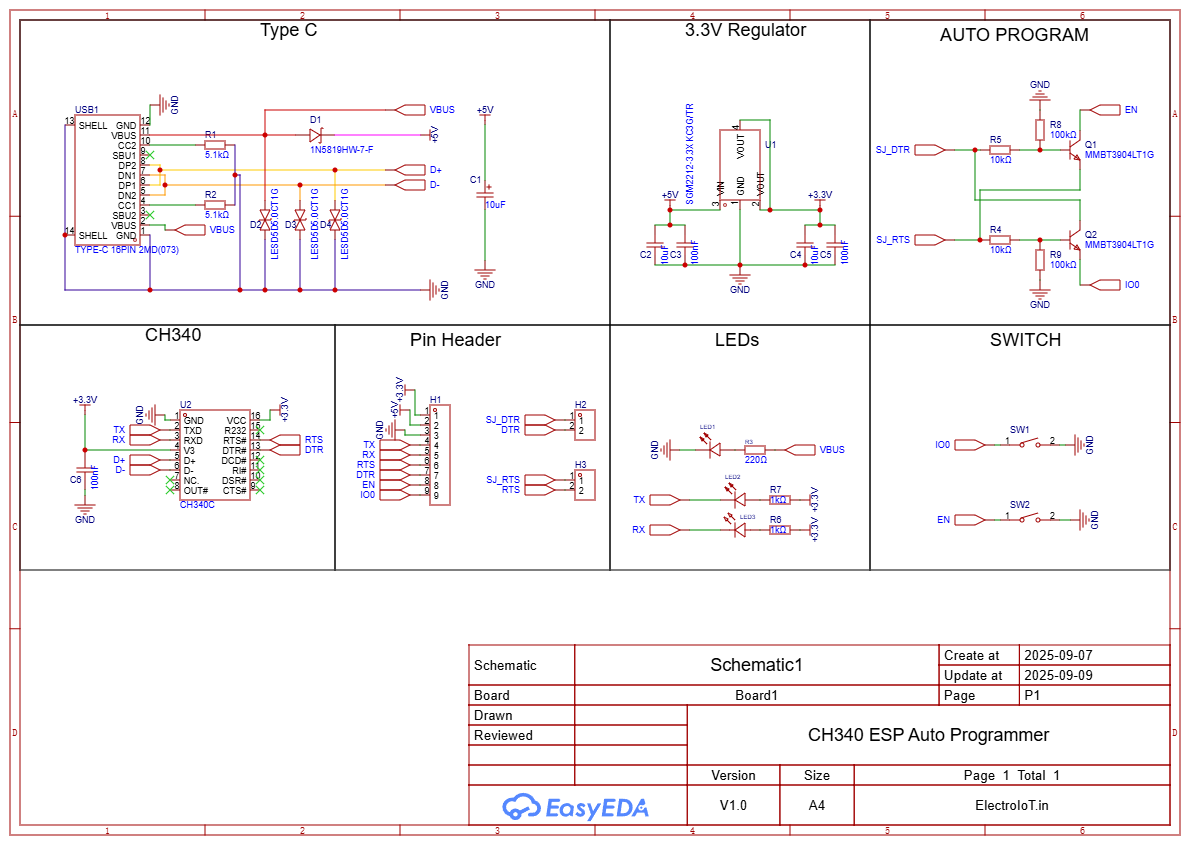
Final routed PCB Schematic
🔌 How to Use
Connect the board via USB-C to your PC.
Install CH340 drivers (Windows only, Linux/macOS usually auto-detect).
Connect your target microcontroller using the 9-pin header.
ESP32/ESP8266: connect 3.3V, GND, TX, RX, EN, IO0.
Arduino: connect VCC, GND, TX, RX, RST.
Flashing ESP8266/ESP32:
Auto-programming works (no need to hold BOOT).
Use Arduino IDE / esptool.py / PlatformIO to upload code.
Flashing Arduino/AVR:
Connect TX/RX + RST.
Disable SJ jumpers if needed.
Manual boot mode:
Hold BOOT + press RESET → release RESET, then release BOOT.
LEDs:
PWR = board powered
TX = blinks when sending data
RX = blinks when receiving data
📑 Why Use This Board
🟢 Safer for ESP (3.3V regulated output, correct auto-programming circuit).
🟢 Beginner-friendly (color-coded silkscreen, clear pinout).
🟢 Robust USB-C connector with ESD protection.
🟢 Supports multiple targets: ESP32, ESP8266, ESP01, Arduino, STM32 (UART bootloader).
🟢 Debug-friendly: RESET/BOOT buttons, jumpers to disable auto-reset.
📸 Project Assets
✅ 3D Render (top view)
✅ PCB Layout (routing + pours)
✅ BOM (Excel, LCSC parts)
✅ Schematics (EasyEDA / PDF)
All files can be published on GitHub/PCBWay for sharing.
📂 Downloads
🌐 Author & Contact
👨💻 Designed by ElectroIoT
🔗 Website: https://electroiot.in
▶️ YouTube: ElectroIoT-IN
📸 Instagram: @electroiot_in
📧 Email: electroiot.in@gmail.com



